Barn Swallows are incredibly common and widespread birds in the swallow, or Hirundinidae, family. When you look at a world map, just about any landmass that isn’t extreme desert or frigid tundra has these little birds on it at some point in the year. They get their name from their affinity for nesting in barns and other similar structures. Read on to learn about the Barn Swallow.
Description of the Barn Swallow
Barn Swallows are bright little birds, with blue “suits” and orange “dress shirts.” From the tops of their heads to their tails, their feathers are blue. On the other side, from their throats to the undersides of their tails they are reddish-orange. They also have a patch of feathers directly above their beaks that is bright orange. This species is quite small, with most individuals about six or seven inches long and weighing in at less than an ounce.
Interesting Facts About the Barn Swallow
For such common birds, there is a lot that you probably don’t know about them! Learn more about these interesting little birds below.
- Drastic Distribution – As far as swallows go, Barn Swallows are the most widespread and common species around. They live throughout much of North, Central, and South America, as well as Sub-Saharan Africa, Eurasia, India, and the surrounding islands.
- Like a Lion – There’s no way that the tiny swallow and the fierce lion share any behaviors… right? Well, male swallows and male lions have one particularly brutal behavior in common. Just like male lions, male Barn Swallows will kill the young of another pair of swallows. Lions do this to bring the females back into heat, male swallows do this to break up the pair and take the female as his own mate. Brutal!
- Family Matters – On a more heartwarming note, family life for these swallows isn’t all treachery and war. Like American crows, the offspring from the previous season sometimes hang around and help their parents care for the new babies. Unlike crows, sometimes unrelated adolescent swallows will help pairs raise their young!
Habitat of the Barn Swallow
As far as adaptability goes, Barn Swallows are some of the top adaptors in the avian world. They live in a wide variety of habitats, including manmade structures and more urban areas. This species forages in open areas, preferably close to a water source, which attracts insects.
Some of the different habitats that they live in include meadows, pastures, open woodlands, grasslands, and more. They also utilize parks, gardens, sports fields, barns, and other buildings.
Distribution of the Barn Swallow
This species is incredibly widespread, and is the most widespread swallow species. They live from the Arctic Circle in North America to southern South America. They also live throughout Eurasia and parts of Africa.
Their winter grounds are throughout the entire Southern Hemisphere, and they migrate to the Northern Hemisphere to reproduce during the spring and summer. Populations in some areas are more common than those in other areas.
Diet of the Barn Swallow
Like most swallows, Barn Swallows are insectivores. They feed on the wing, and catch their food right out of the air. Because of this, flying insects are their primary prey. These birds eat a variety of flies, beetles, grasshoppers, mosquitoes, dragonflies, and more.
These birds also take advantage of the surrounding farmland by following tractors and large machinery as it moves through pastures and stirs insects out of their hiding places.
Barn Swallow and Human Interaction
This species of swallow has been utilizing barns and other structures for thousands of years. People usually like having these birds around, because they eat the flying insects that pester humans and damage crops.
Though their overall populations are high, Barn Swallows in some regions are declining. Some human activities, like changes in farming practices, pollution, climate change, and hunting, all cause population decline. The IUCN lists the global population as Least Concern.
Domestication
Humans have not domesticated Barn Swallows in any way.
Does the Barn Swallow Make a Good Pet
No, these swallows do not make good pets. These birds are wild animals, and they need lots of space to fly and forage for food. In most places, it is illegal to own a Barn Swallow as a pet.
Barn Swallow Care
Barn Swallows, like all swallow species, are somewhat difficult to care for in zoos because they capture their food in the air. Because of this, they must live in large aviary structures with plenty of flying room.
Zookeepers feed them a variety of insects, including crickets, mealworms, moths, flies, and pelleted insectivore diet. Their aviaries have a variety of branches, shrubs, trees, and bushes, especially those that attract insects.
Behavior of the Barn Swallow
This swallow species is most active during the day, or diurnal. They spend most of their time foraging in the air. This species flies low over meadows and fields to catch flying insects.
Every fall and spring these birds migrate long distances to their wintering grounds or their breeding grounds. They are social birds, though pairs are territorial of their nests, and males defend their nests and mates ferociously.
Reproduction of the Barn Swallow
Pairs of Barn Swallows both participate in the incubation of the eggs and the rearing of the chicks. Females lay between four and six eggs per clutch. The incubation period lasts about two weeks, and the newly hatched chicks are completely helpless.
The chicks develop quickly, and begin learning to fly when they are around three weeks old. The parents keep feeding their young for another week or so after they begin to fly.

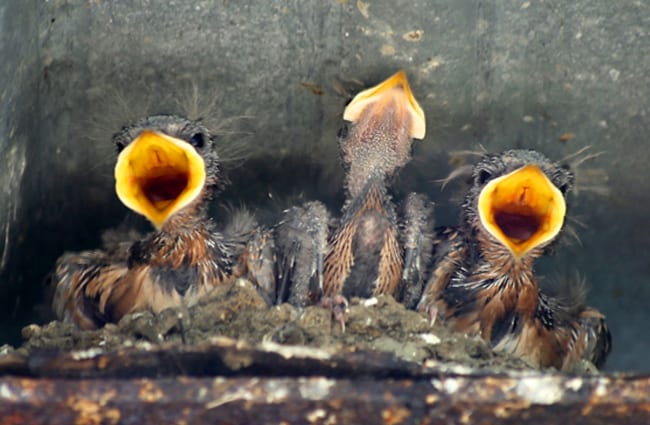

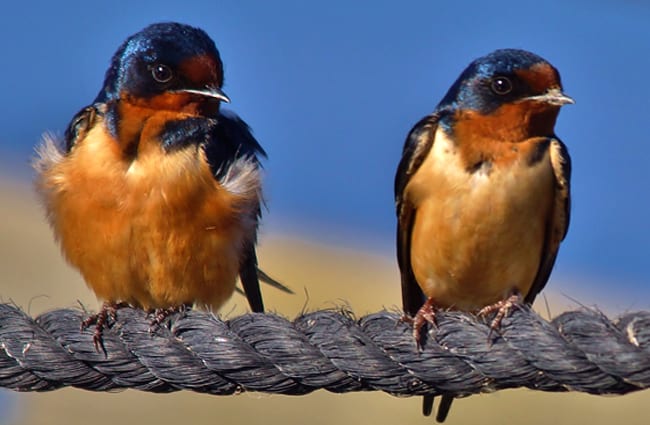
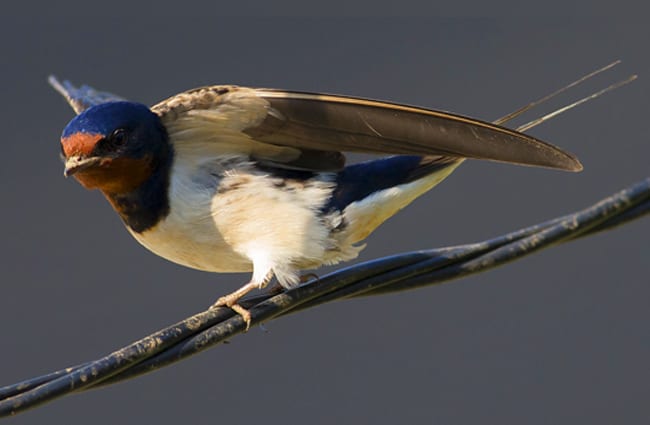

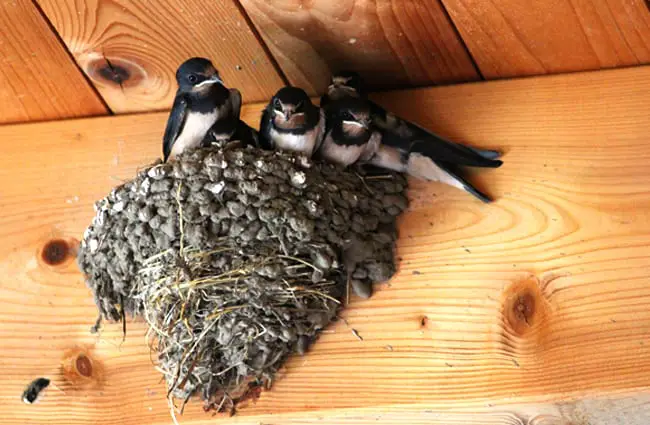



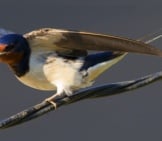
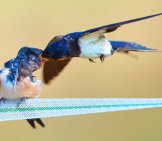

![Red Angus Closeup of a beautiful Red Angus cowPhoto by: U.S. Department of Agriculture [pubic domain]https://creativecommons.org/licenses/by/2.0/](https://animals.net/wp-content/uploads/2020/03/Red-Angus-4-238x178.jpg)












![Red Angus Closeup of a beautiful Red Angus cowPhoto by: U.S. Department of Agriculture [pubic domain]https://creativecommons.org/licenses/by/2.0/](https://animals.net/wp-content/uploads/2020/03/Red-Angus-4-100x75.jpg)

